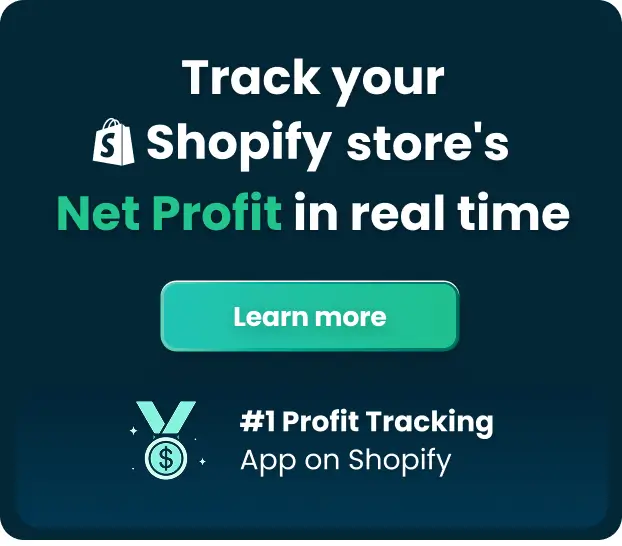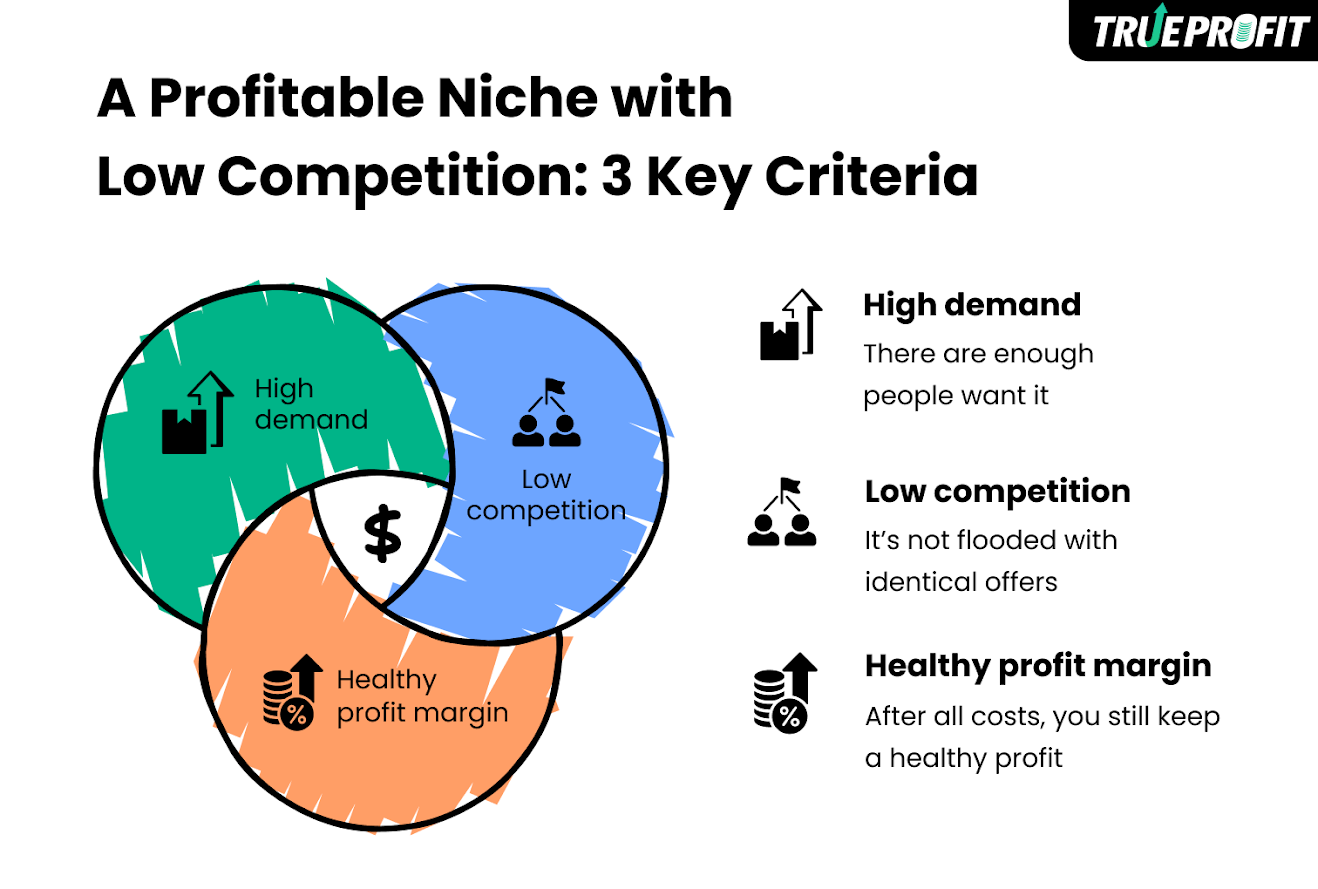How to Find Profitable Dropshipping Niches in 2025

Finding a profitable niche in 2025 means identifying markets where demand is strong, competition is manageable, and margins are sustainable.
This guide walks you through everything from what a profitable niche is, how to find one, what to consider, and even some profitable ideas to get started.
What is a Profitable Dropshipping Niche?
A profitable dropshipping niche is a focused segment of the market that can generate sales at a profitable margin.
It’s a sweet spot that all satisfied:
- Real purchase intent (high conversions)
- Moderate competition
- Good dropshipping profit margins
For example, instead of selling “fitness equipment,” you could target a niche like “home workout accessories for women.” Narrowing down your focus makes it easier to attract the right audience, build authority, and stand out against larger, more general stores.
How to Find a Profitable Dropshipping Niche?
Finding a profitable niche isn’t about luck—it’s the whole strategic process of using data from search trends, marketplaces, and audience insights to uncover real demand and profit potential.
Here are proven methods you can use to uncover profitable niches in 2025:
1. Use Meta’s Audience Insights
Meta’s Audience Insights is a free tool inside Meta Ads Manager that shows audience profiles on Facebook and Instagram. Since Meta owns both platforms, it has rich data about user demographics, behaviors, and preferences.

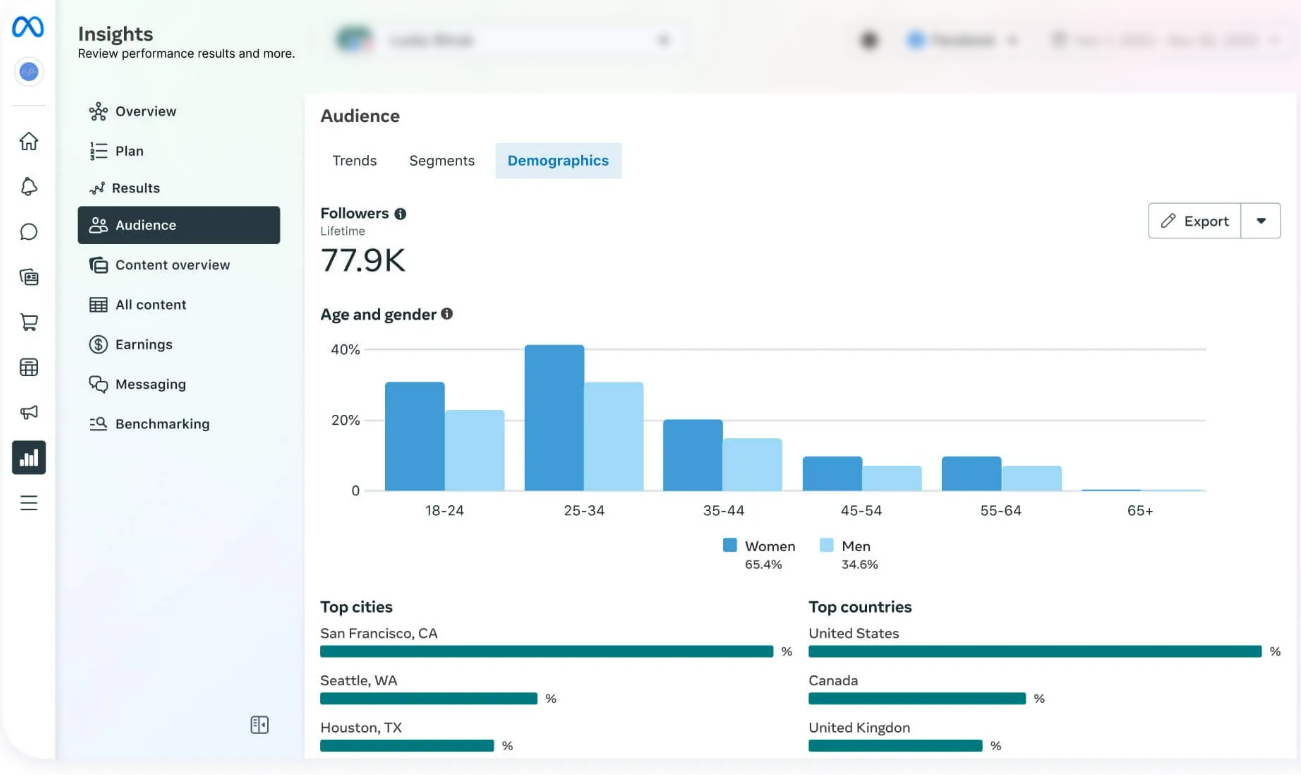
With Audience Insights, retailers can spot patterns in customer interests that point to profitable niches:
Step 1. Enter a niche/product keyword (e.g., “pet toys” or “eco-friendly cleaning”).
Step 2. Measure audience size. Meta shows an estimated number of users who have expressed interest in a specific niche. An audience under 100K is often too small to scale, 100K–1M is the ideal size, and 1M+ is broad but competitive.
Step 3. Break it down by demographics. Sellers can check age, gender, relationship status, and education level to see who the most likely buyers are.
Step 4. Analyze customer engagement. Doing so helps sellers understand a customer's purchase intent.
It means tracking and analyzing essential metrics such as Clicks through rate, Add to cart, Conversion rate, and other interactions.
High-intent engagement = higher intent to make a purchase.
2. Google Trends
Retailers basically use Google trends to check search interest over time. Here's how Google Trend helps validate a dropshipping niche:
Check search interest over time. Sellers can type in a product keyword (e.g., “wireless earbuds”) and see if people are searching for it consistently, if it’s just a short-term fad, or if interest is declining.
Compare products. It helps compare two or more product ideas (e.g., “yoga mat” vs. “resistance bands”) to see which one has stronger or more stable search demand.
Identify seasonality. Google Trends reveals if searches peak only at certain times (e.g., “Christmas lights” spike in November–December), which helps them prepare marketing and inventory around those months.
Spot rising trends. Check product trends where interest is gradually climbing over time, meaning it could become a hot niche soon.

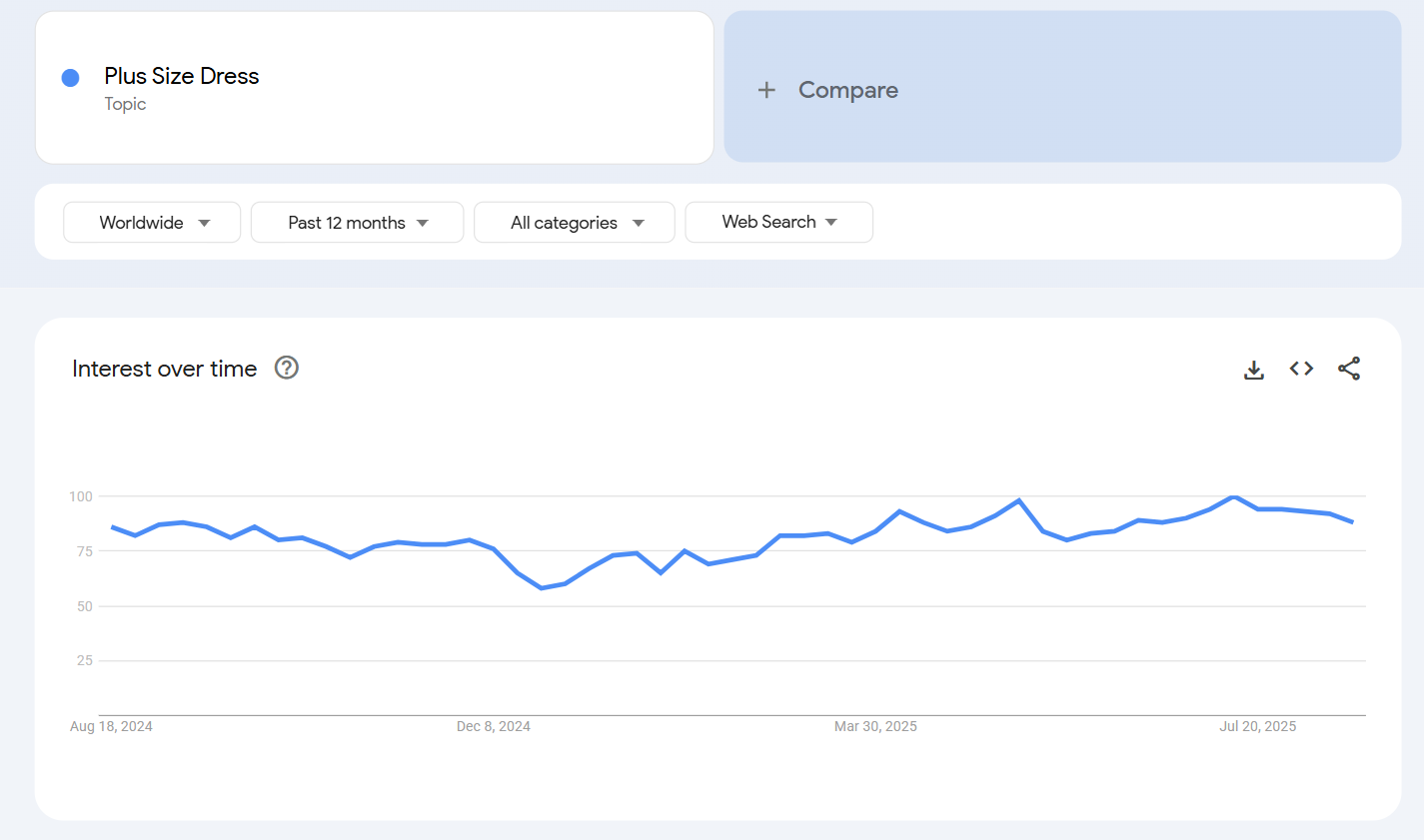
3. Google Keyword Planner
Google Keyword Planner is a free keyword research tool inside Google Ads. It helps sellers validate niche demand (search volume) + competition (CPC & ad competition).
Where:
Search volume is the number of people who search for a product keyword in a specific time period.
Competition level is measured by keyword bidding- it can be high, low or moderate.
Cost-per-click (CPC) is the average cost advertisers pay when someone clicks an ad for that keyword.

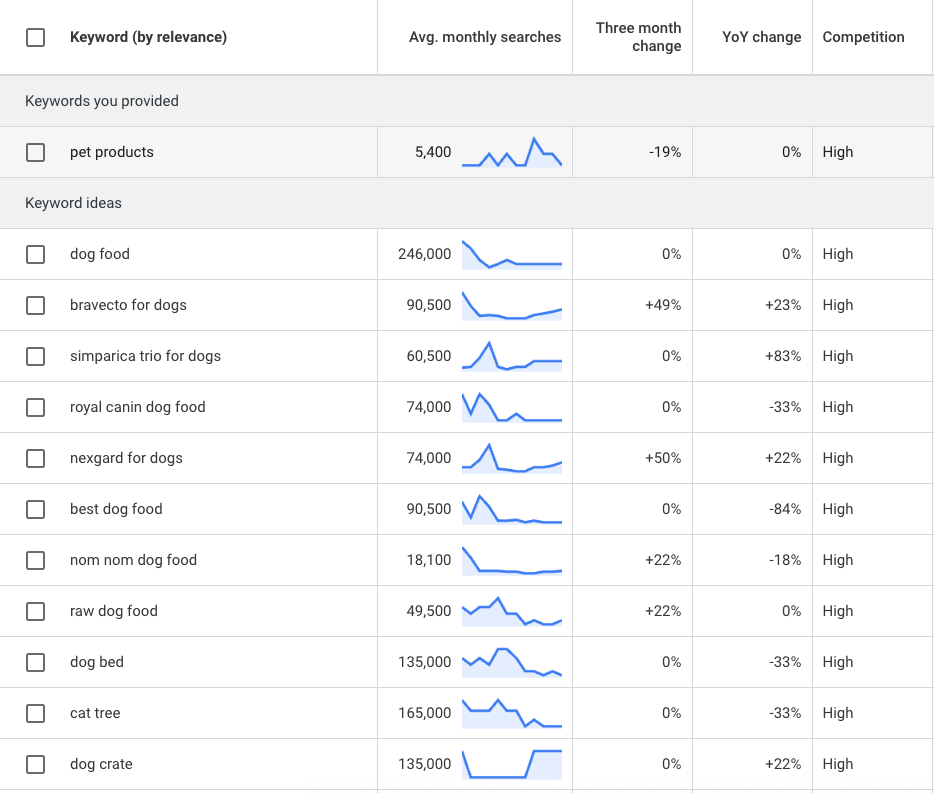
Here’s how other retailers use Google Keyword Planner to find their own niches:
Step 1. Type in ideas like “dog harness,” “LED desk lamp,” or “phone case”, etc.
Step 2. Check the average monthly search volume. Aim for keywords in the 5,000 – 10,000 searches/month range (based on global search volume). It’s high enough to prove demand but not so massive that you have to compete against giant retailers.
Step 3. Review competition level. Aim for a moderate competition level. Likewise, it’s where there’s a steady demand, but not so crowded that you’re forced to compete head-to-head with Amazon, Walmart, or other massive retailers.
Step 4. Look at cost-per-click (CPC). $0.50 – $2.00 CPC is considered affordable for beginners to test a niche.
4. Utilize Online Marketplaces
An online marketplace is a digital platform where buyers can browse and purchase products from multiple sellers in the same space.The biggest ones to check in 2025 include Amazon, eBay, AliExpress, Etsy, Walmart, and Temu/Shein.

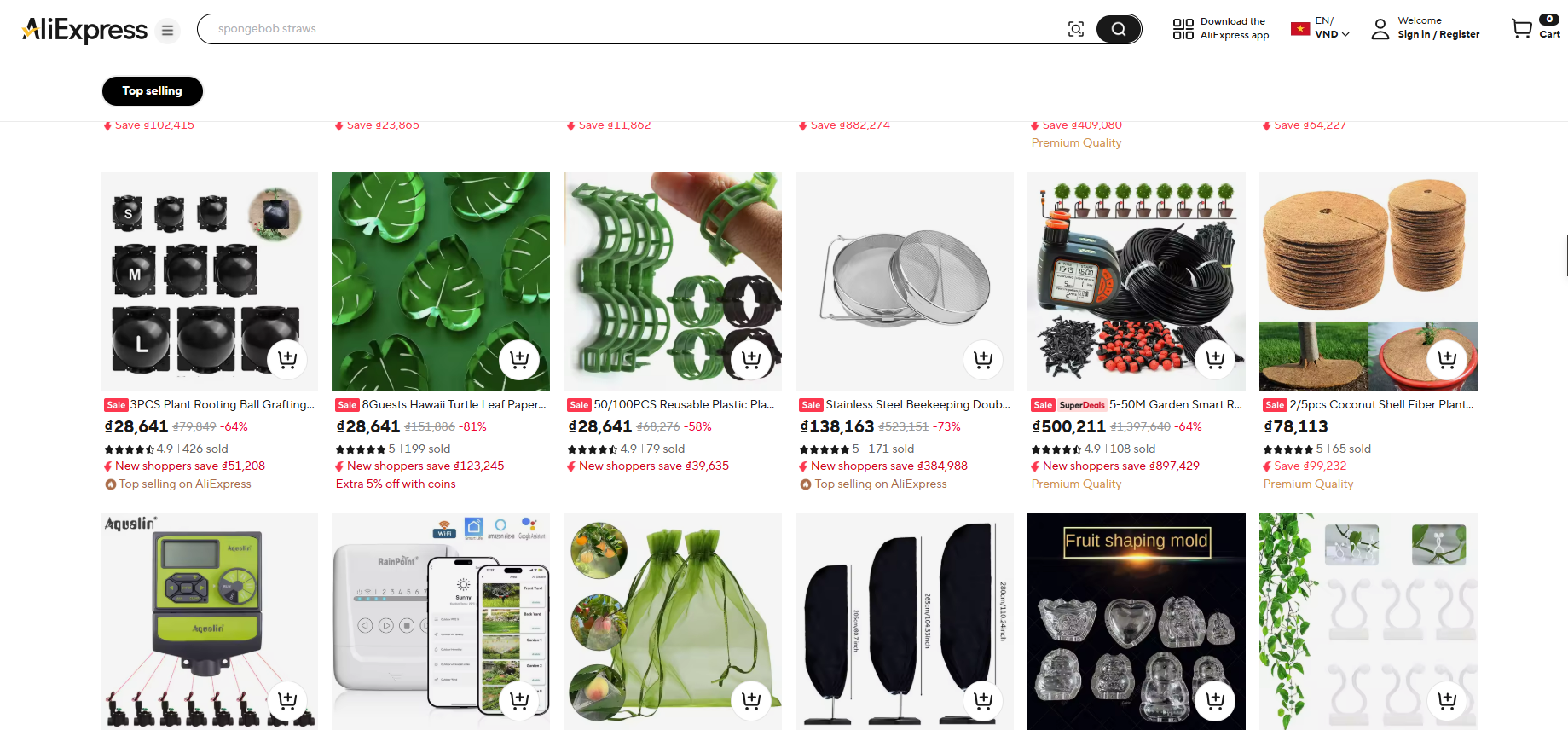
Although each platform serves different kinds of buyers, a dropshipper is basically doing the same few steps on finding niches:
Step 1. Look at best selling product lists. Start with this 2025 best product to dropship list, then expand into the niches categories.
Step 2. Check reviews & ratings. Remember reviews can be deceptive: high review counts show demand, but a product with low review counts doesn’t mean it’s not selling. It can be a growing trend. Or a product people haven’t realized they need yet. Sellers should check back to search trends using Google Trend or Keyword Planner mentioned above.
Step 3. Estimate profit margin. To estimate if a niche is profitable, a retailer often compares the selling prices they found in marketplaces with the average Cost of good sold (COGS) on that niche.
A simple formula is: Profit Margin = (Selling Price – COGS) ÷ Selling Price × 100.
Ideally, a healthy dropshipping margin ranges 30–60%, giving space for ads and promotions.
4 Things to Consider When Choosing a Dropshipping Niche
There’re 4 first checkpoints to validate a profitable dropshipping niche:
Avoid interest-only niches
Interest-only niche is where there's interest but no real buying intent. In these niches, people may click, like, or share product content but they rarely purchase, meaning high engagement doesn't help translate into sales.
Instead of chasing top-of-funnel metrics, look for high-intent engagement such as add-to-cart rate, clicks on product links, or purchase from ads-tracking that helps reveal the real purchase intent.
Set profit margin as top 1 criteria
Here's one fixed rule from Harry Chu, Founder of TrueProfit: A niche might show high demand, low competition, or hot trends, but without a healthy 30-50 profit margin, it's not worth selling.
Profit margin is the profit percentage after accounting COGS from total revenue. Since COGS is one of the largest costs in dropshipping, so maintaining a 30-50% margin is essential, any lower can hurt your bottom line.
Pick hard-to-find product niche
That means choosing products not easily found in physical stores. By doing so, sellers can protect the complete online purchase demand and allow flexible pricing for healthier profits.
Consider evergreen niche
Evergreen niches are product categories that sell consistently year-round, rather than spiking for a short season. For example, sellers can’t sell a Halloween costume in June. Yet, a kitchen gadget like a versatile vegetable chopper, with a little change in product titles can still sell well during the holiday season.
Profitable But Low Competition Dropshipping Niches to Start
Here are some profitable niches but low competition expected to do well in 2025:
- Sustainable mushroom lamps: 45 - 65% profit margin
- Organic dried fruit slices: 40 - 60% profit margin
- Animal-shaped silicone cocktail straws: 44 - 70% profit margin
- Natural-fiber fuzzy socks: 55 - 70% profit margin
- Dessert-flavor toothpaste: 60 - 75% profit margin
- Super-clumping tofu litter: 50 - 65% profit margin.
- Kawaii food jewelry: 60 - 75% profit margin.
- Travel & car ready usb bottle warmers: 35 - 60% profit margin.
- Electric nail clipper for dogs: 40 - 65% profit margin.
- Frozen smoothie cups: 65 - 80% profit margin.
Check out these profitable niches with low competition in our article.
How to Measure Your Dropshipping Success
Once you’ve chosen your niche and launched your store, the real test is tracking performance. Key metrics to monitor include:
- Profit Margin: The profit as a percentage after conducting all costs from total revenue.
- Net Profit: The true profit left after subtracting all expenses.
Understanding profit is a solid foundation of building a successful dropshipping business in 2025. It’s where TrueProfit gives you the edge. TrueProfit is Shopify's net profit analytics app that helps track net profit by calculating all dropshipping expenses types—including COGS, shipping costs, payment gateway fees, taxes, and more, giving sellers an accurate view of their store performance.
By looking at gross profit margin, operating profit margin, and net profit margin, dropship retailers now can make data-driven decisions and identify spot high-performing niches and products without guessing anymore.
Lila Le is the Marketing Manager at TrueProfit, with a deep understanding of the Shopify ecosystem and a proven track record in dropshipping. She combines hands-on selling experience with marketing expertise to help Shopify merchants scale smarter—through clear positioning, profit-first strategies, and high-converting campaigns.



